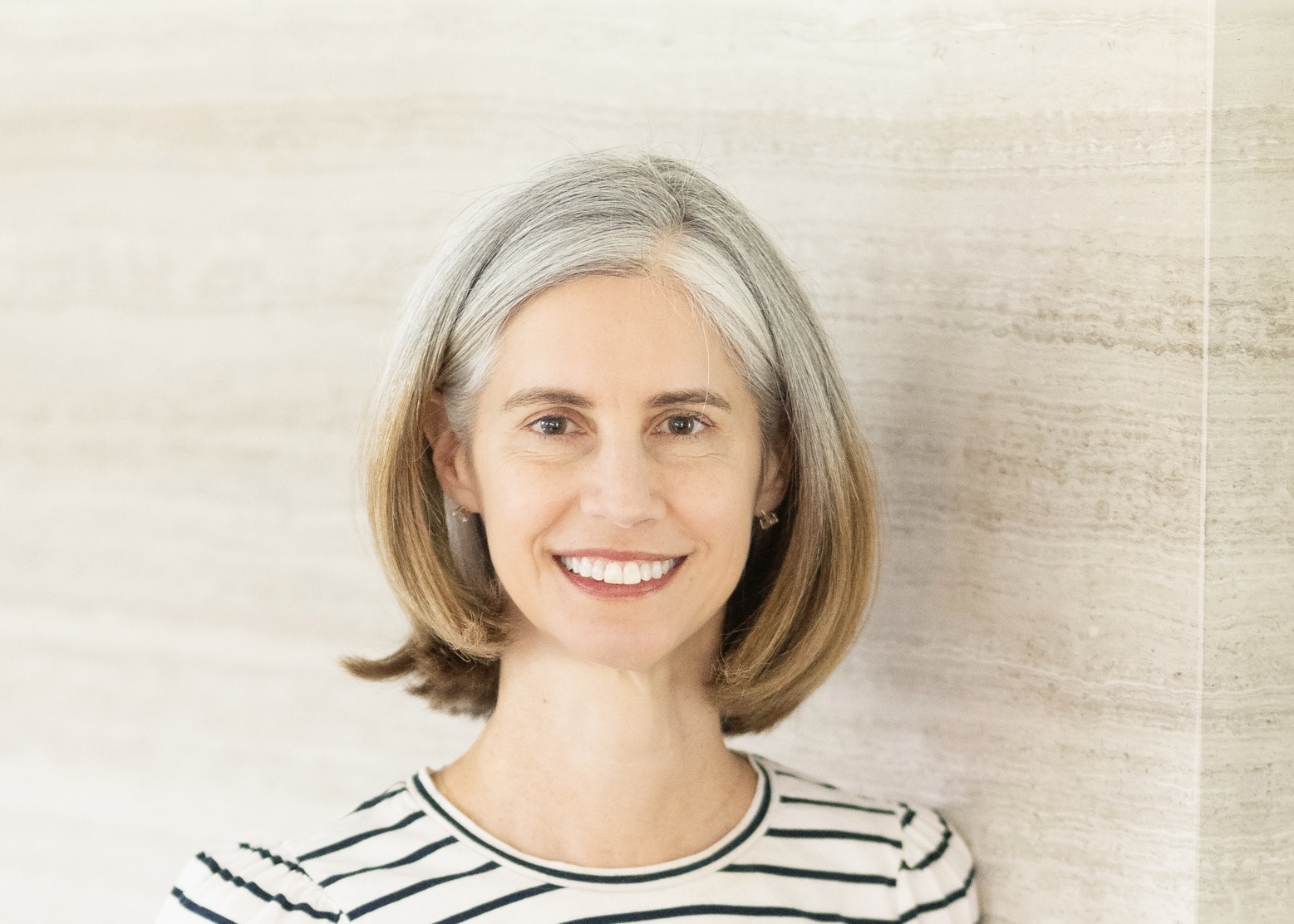
One year ago, I decided to stop coloring my hair. The tyranny of needing to get it done every three weeks was driving me mad.
Going gray was a stupidly difficult decision, “stupidly” because it’s entirely irrelevant to anything of importance, “difficult” because I’m vain and how I look to myself and others affects my sense of self.
My sense of self-regard is why I started coloring my hair in the first place in my twenties. I needed to hide that early gray because the color meant old, and old meant ugly, and by God I would be neither.
I haven’t stopped caring about how others judge my looks, even if at 54 I care just a little less. At this point, I find people’s opinions about my appearance and the going gray option equally interesting.
The comments on the dozen gray transition Instagram posts I’ve shared over the past year reveal a few fascinating trends. When my still brown-haired self first shared her intention to stop coloring, responders for and against it were evenly split. Here are some of their comments:
Nooooooo
Try it.
Do it.
Here in Europe it’s very common and it looks quite chic.
I vote for coloring.
I also vote for coloring.
Congratulations. Your gray will look pretty. Remember that beauty flows from the inside out.
And my favorite from that first post:
I. don’t. like. the. gray. you’re. too. young. and. too. pretty.
Several comments were telling in terms of what the gray can mean to women, comments like:
You are brave!!!
You are so brave to let it go gray.
It must be freeing…
It was validating to know some people understood the decision required a degree of bravery. I also sensed some of these women might be where I was a few years back when I longed to go for it but couldn’t bring myself to. Try it, is my message to them.
A few women went out of their way and sent videos showing how to blend in the gray as it grows out, or pictures of beautiful gray and silver-haired women. To my mind, these messages also signaled that the senders were considering embracing their gray. To them I say too, Go for it.
In real life, I had various conversations about the gray option and a recurring theme was how it might affect job prospects, as in “I would do it but I can’t because I’m looking for a job.” I had to agree with my friend. Whether real or perceived, ageism is an issue, and significant gray and silver means older, generally over 50.
As time passed and my gray grew out, comments became increasingly encouraging. Several responders urged me to “Keep going!“ while a few women who had fully transitioned had more to say:
Your grey will look great! I also wished I didn’t have grey hair when I started my transition but today, I wouldn’t want my original colour back even if I could.
Highly flattering comments started coming in, from “You look pretty” and “Looking good!” to “You look fabulous” and “Beautiful 🔥.”
Then there was this from a poetic responder:
Threads of silver that beautify and honor you.
I appreciate all the compliments dearly, but I’m also fully aware that most people have no opinion one way or the other and that folks who think it looks terrible just keep quiet. I would too.
Kids, though, are honest. About six months into my transition, a second grader said to me, “Your hair’s turning white.” And, when I explained how all the brown in my hair was a pigment and that my real color was the turning-white segment, she remarked, “I like brown better.”
She asked a few weeks later, “When are you gonna color your hair again?”
My son Diego, who’s developmentally disabled and as honest as a child simply noted one day, “Your hair’s turning white.”
I explained my going-gray decision and asked what he liked better. He chatted about brown bears having brown fur and then declared me to be like a mother polar bear.
“You look like Elsa,” he said another time. (Elsa’s a white-haired Disney princess.)
Diego doesn’t give a damn what color my hair is.
Another peculiar observation from this whole thing is how one notices what’s top of mind. I lately get the sense more and more women around my age are gray, just like when I was pregnant there suddenly seemed to be more pregnant women around.
At any rate, noticing gray and silver-haired women renders the hues familiar and normal, to the point where I’m starting to view them as just any other hair color. Could it be that I will prefer them eventually?
Preparing Psychologically for Aging
“Is there something you would like me to know about aging?” is a question Julia Louis-Dreyfus invariably asks her guests in her podcast Wiser Than Me, which I keep recommending to anyone who, like me, is obsessed with the topic of aging, particularly for women.
This is how writer Isabel Allende answered:
To have a good old age you have to prepare for it. It doesn’t just happen… You have to prepare for everything intellectually. Your domestic life, the way you live, the way you think, the way you eat, your relationships, all that you have to prepare. Don’t think it will happen just by chance.
We would all do well to prepare for our older decades. Though much is beyond our control, big and little things that aren’t, like getting health checkups and confronting our fears, can make a difference.
It has recently dawned on me that going gray has helped me to accept outward signs of aging better and to cease equating at least one such sign with undesirable and ugly.
In this way, going gray is one way I’m psychologically preparing for aging.
The first two posts of my Going Gray trilogy:

